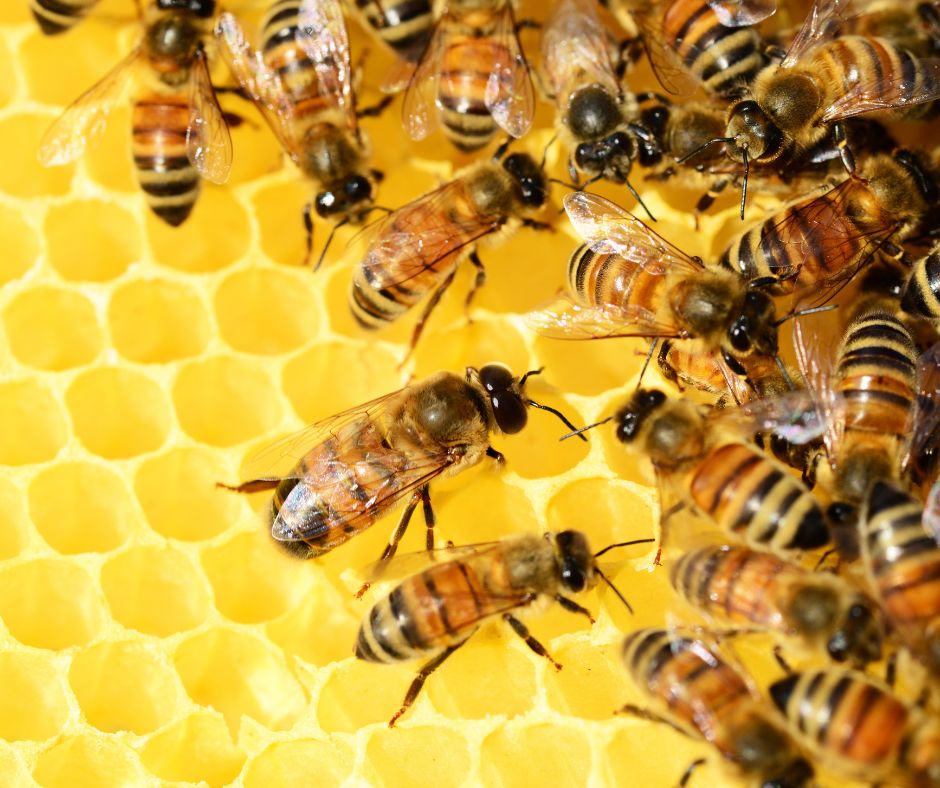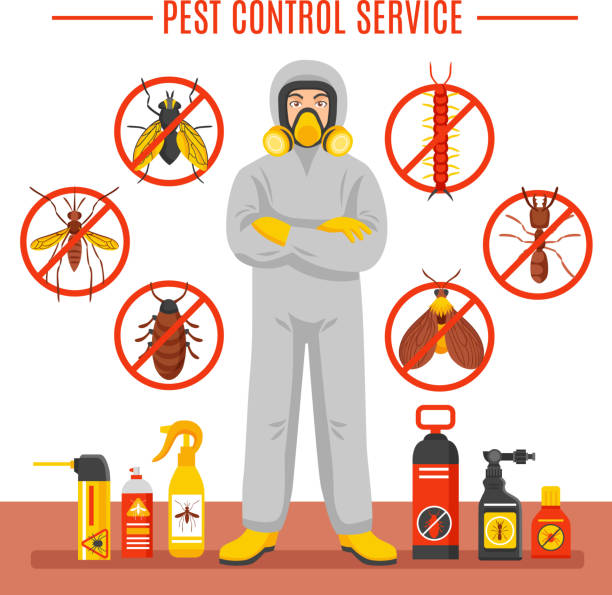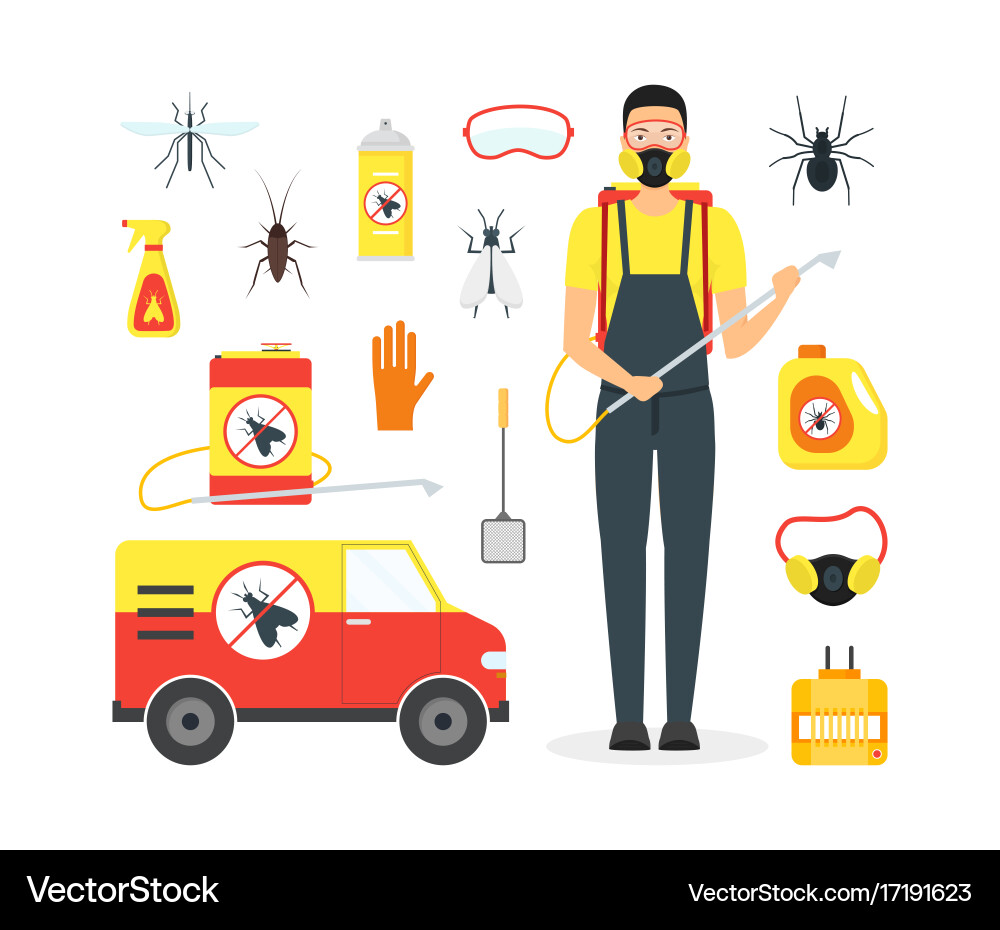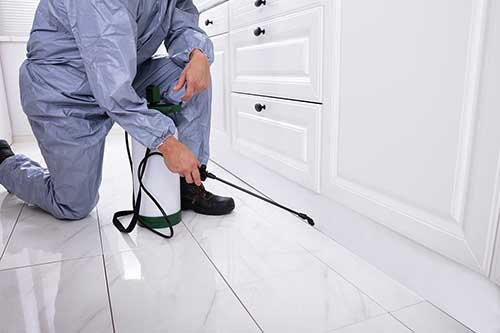Pet-Safe Port Charlotte Pest Control Service
Pet-Safe Port Charlotte Pest Control Service
Blog Article
Comprehensive Guide to Comprehending Insect Control Approaches and Their Treatment
Understanding bug control approaches is vital for efficient management of unwanted organisms that present risks to health and wellness, agriculture, and home. This thorough overview will check out different approaches, including chemical services, biological methods, and mechanical techniques, all under the umbrella of Integrated Parasite Monitoring (IPM) As we examine these techniques, it ends up being increasingly clear that the choice of strategy can dramatically influence both human rate of interests and environmental equilibrium. What factors should be thought about when choosing the proper pest control method for a particular situation? The answer may bring about more sustainable techniques than one could at first presume.
Review of Bug Control Techniques
Insect control methods incorporate a variety of strategies designed to handle and remove unwanted organisms that can damage human wellness, farming, and residential or commercial property. Reliable bug management is vital for keeping the stability of ecosystems and guaranteeing the security of food supplies. These techniques can be broadly categorized into three main approaches: cultural, mechanical, and biological controls.

Social control involves modifying farming methods or environmental conditions to minimize parasite facility and recreation. This technique consists of plant turning, hygiene, and picking pest-resistant plant varieties. Mechanical control relies on physical barriers or devices to avoid bug gain access to or straight eliminate them. Instances consist of catches, internet, and hand-picking harmful bugs.
Biological control utilizes natural killers, parasites, or pathogens to control pest populaces. This approach stresses environmental balance and can include presenting advantageous insects, such as ladybugs or predative nematodes, to take care of pest presence.
Integrated insect management (IPM) combines these techniques, making use of an alternative method that stresses avoidance, surveillance, and liable administration. By employing a mix of these techniques, insect control can be much more sustainable and reliable, lessening reliance on chemical interventions while safeguarding human health and the setting.

Chemical Pest Control Solutions
A variety of chemical bug control services are readily available, providing efficient alternatives for handling parasite populations when other methods may fail. These solutions mostly consist of insecticides, herbicides, fungicides, and rodenticides, each created to target certain insects while reducing damage to non-target organisms.
Insecticides are specifically effective versus an array of insects, consisting of ants, cockroaches, and termites, and can be classified as get in touch with or systemic representatives. Call insecticides eliminate pests on call, while systemic pesticides are soaked up by plants, making them harmful to pests that feed on them. Herbicides are used to regulate undesirable vegetation, whereas fungicides are essential for taking care of fungal diseases that can harm crops and ornamental plants.
Additionally, incorporated bug monitoring (IPM) principles should be utilized, integrating chemical services with social, mechanical, and organic techniques for sustainable pest control. This holistic strategy not only enhances pest monitoring performance however also reduces possible environmental influences linked with chemical usage.
Biological Parasite Control Methods
Biological insect control strategies use an eco-friendly choice to chemical approaches by utilizing all-natural predators, bloodsuckers, or microorganisms to manage parasite populaces. This approach leverages the eco-friendly relationships in between microorganisms, promoting a well balanced ecological community while lessening chemical deposit in the setting.
Among the most typical biological control techniques entails the intro of natural opponents. Ladybugs are utilized to manage aphid populations, while parasitical wasps can target caterpillars and various other pests. These all-natural predators efficiently decrease pest numbers without damaging helpful insects.
Furthermore, microbial representatives such as bacteria, fungi, and viruses are made use of to infect and eliminate details insects. Bacillus thuringiensis (Bt), a normally occurring germs, is extensively made use of to manage caterpillars and other larvae, showcasing the effectiveness of microbial insect control.

Physical and Mechanical Methods
Regularly used in incorporated bug administration strategies, physical and mechanical methods act as reliable devices for managing insect populations without using chemicals. These strategies count on physical obstacles, traps, and other mechanical devices to avoid or remove bugs, making them eco friendly choices.
Physical methods include using barriers such as insect netting, displays, or row covers that literally block parasites from accessing plants. This is especially valuable in agricultural setups where plant protection is essential. Furthermore, environment control, such as removing particles and standing water, can reduce parasite breeding sites, therefore lessening problems.
Mechanical methods incorporate catches, which can be developed to record specific parasites. Sticky traps and pheromone catches are usual examples that tempt and keep bugs, assisting in surveillance and control. Vacuuming is another mechanical technique, reliable for removing insects from interior settings, particularly in situations of infestations.
Preventative Bug Monitoring Strategies
Efficient preventative parasite management approaches are necessary for keeping healthy and balanced atmospheres and reducing pest-related concerns prior to they emerge (Pest Control in Port Charlotte, FL). These techniques concentrate on positive steps Your Domain Name that lower the likelihood of parasite infestations by resolving the origin causes

An additional crucial technique includes proper landscape design check out here methods (Pest Control in Port Charlotte, FL). Keeping plant life trimmed and far from structures can decrease harborage locations for insects. Executing incorporated parasite monitoring (IPM) techniques that consist of keeping track of bug populaces and employing organic controls can cultivate a balanced environment that normally suppresses pest numbers.
Education and learning and training for staff and locals on identifying very early signs of insect activity are likewise vital components of a reliable preventative program. By cultivating an environment of understanding and vigilance, organizations and house owners can greatly improve their parasite monitoring efforts and safeguard their spaces against future invasions.
Final Thought
To conclude, effective parasite control calls for a complex strategy that incorporates web link chemical, organic, and mechanical approaches. Employing an Integrated Pest Management (IPM) framework permits the sustainable management of bugs while minimizing ecological impact. Preventative techniques even more improve the efficacy of these methods, guaranteeing lasting defense of wellness, farming, and residential or commercial property. Eventually, a detailed understanding of these varied bug control methods is necessary for accomplishing effective end results in bug administration initiatives.
Report this page